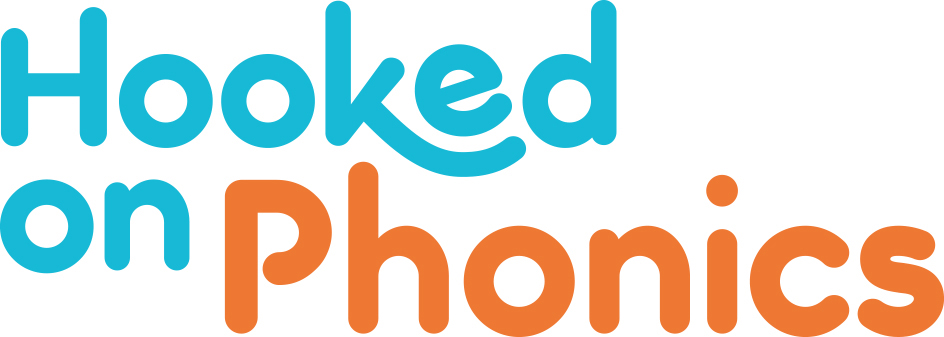What’s the big deal about Phonics?
April 7, 2009
As you find yourself here on the Hooked on Phonics blog, you might be asking yourself, what is phonics?
Phonics is the association between the letters in our alphabet and the sounds in our spoken language. The sound letters make are the building blocks of words. For example, if you know c makes the c sound (as in cup), a makes the a sound (as in apple), and t makes the t sound (as in turtle), you can blend the sounds c, a, t to read the word cat.
 Understanding the relationship between letters and sounds is an essential step in learning to read, as found by a landmark study conducted by the National Reading Panel (NRP). The NRP was born out of a Congressional request to study the effectiveness of different reading methods. The results of the NRP study indicated that teaching children about phonemic awareness help them learn to read and that systematic phonics instruction showed significant positive benefits in the reading abilities of students in kindergarten through 6th grade.
Understanding the relationship between letters and sounds is an essential step in learning to read, as found by a landmark study conducted by the National Reading Panel (NRP). The NRP was born out of a Congressional request to study the effectiveness of different reading methods. The results of the NRP study indicated that teaching children about phonemic awareness help them learn to read and that systematic phonics instruction showed significant positive benefits in the reading abilities of students in kindergarten through 6th grade.
The ability to read and spell words was enhanced in kindergartners who received systematic beginning phonics instruction. First graders who were taught phonics systematically were better able to decode and spell, and they showed significant improvement in their ability to comprehend text. Older children receiving phonics instruction were better able to decode and spell words and to read text orally.
The study also found that for phonics instruction to be effective, children need to put these skills to use in context. To that end, Hooked on Phonics Learn to Read combines practice in decoding and pronouncing words with reading great books to allow children to use these crucial skills in reading for meaning and enjoyment. If you want to read more, check out the research behind our Hooked on Phonics Programs.



Comment (1)
Thanks, Amy, for the excellent explanation of phonemic awareness and the role that systematic phonics instruction can play in helping children, and learners of any age, become successful readers. As a reading specialist, I work with many approaches to literacy instruction and have found that knowledge of the sound-symbol relationship and an awareness of what letters make what sounds is foundational to success in reading. It’s an important idea to understand, and you explained it very clearly. Thanks for all you do in supporting developing readers, and the people who teach them!
Comments are closed.